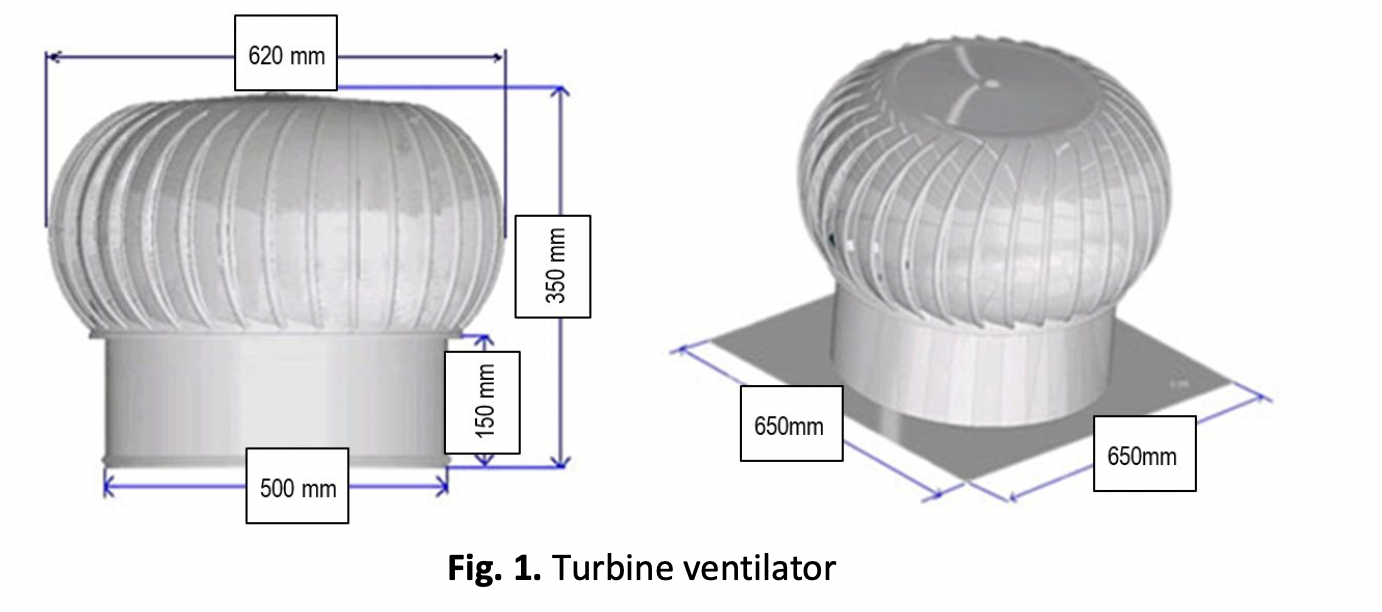Prototype Development of Modified Roof Turbine Ventilator for Thermal Comfort Enhancement
DOI:
https://doi.org/10.37934/aram.115.1.152165Keywords:
Roof turbine ventilator, renewable energy, thermal comfort, hybrid turbine ventilatorAbstract
A mechanical ventilator known as a turbine ventilator harnesses the wind to supply natural ventilation. Due to their high performance and cheap running costs, these devices are increasingly being used to ventilate areas. This study evaluated the impact of a modified turbine ventilator system on thermal comfort and airflow inside a room. The results showed that the natural ventilation system failed to meet the ASHRAE Standard 55-2020 for thermal comfort. The installation of a turbine ventilator decreases the temperature by 1.3°C but still did not meet the standards. The modified turbine ventilator system consisted of a 305 mm diameter inner 12V, 12W exhaust fan installed in a 500 mm diameter ventilator and connected to a 50W, 12V Monocrystalline Solar Panel showed the greatest improvement with a decrease in room temperature of 4.4°C, an increase in airflow, and full compliance with the ASHRAE Standard 55-2020. The study concludes that modifications to the natural ventilation system can significantly improve thermal comfort and airflow, with the modified ventilator system being the most effective solution.
Downloads



























